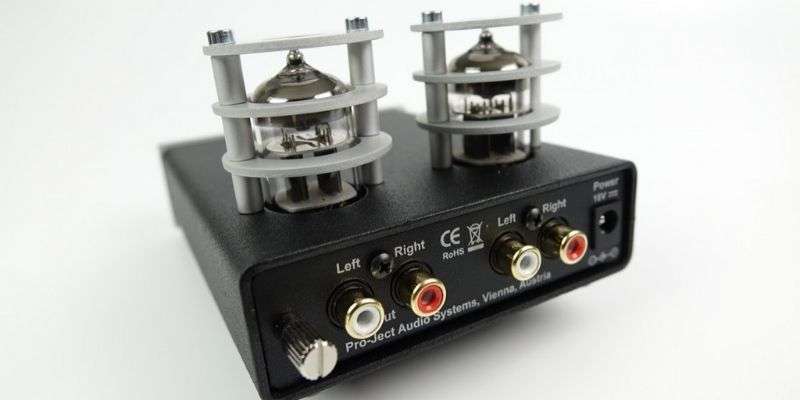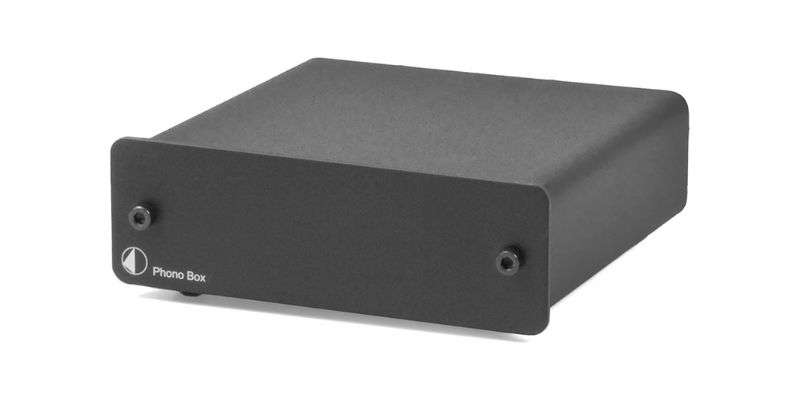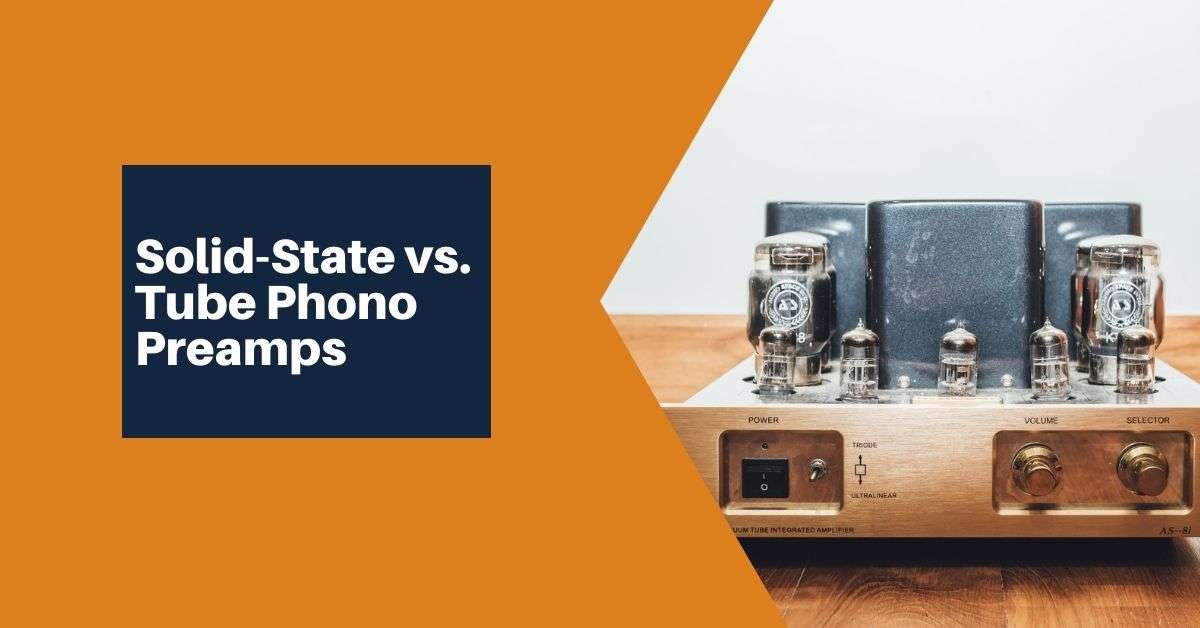When it comes to phono preamps, there are many available to choose from. If you’re in the market for one, you are probably realizing there are “kinds” of phono preamps: tube and solid-state.
You might be wondering why you’d choose one design over the other. There’s a lot to consider when making that decision and your personal preferences – as well as your current vinyl playing setup – will also dictate what phono stage is best for you.
Some people prefer tube phono preamps for their warm sound while others love the clear crispness that solid-state phono preamps are known for. This guide will give you insight into both tube phono preamp and solid-state phono preamp design, to help you when it comes time to decide which one is right for you.
What’s the difference between a solid-state and tube phono preamp?
So, you might be wondering what the fundamental differences are between a tube phono preamp and a solid-state preamp? The answer comes down to how the sound from your turntable’s cartridge is amplified.
A tube preamp uses a vacuum tube to increase the power of the phono signal and convert it into what’s called line signal. These vacuum tubes have been used for decades and are not reclusive to just phono preamps but also guitar amplifiers and computers.
Instead of a vacuum tube, solid-state preamps use an electronic transistor to amplify the sound.
Both a solid-state and a tube phono preamp apply what is called RIAA equalization to the phono signal; boosting the low frequencies while reducing the high frequencies. There is a fundamental build difference in tube vs. solid-state preamps which often makes tube preamps more pleasing to the ear.
While what sounds good is highly subjective, many music producers, audiophiles, and recording artists tend to prefer tube amplification for this reason.
Pros of tube phono preamps

Pro: Warmer, “sweeter” sound production
Tube phono preamps often have a warmer, more 3-dimensional sound quality to them. Generally, the sound will be sweeter in the mids and highs.
This gives a higher sense of detail and dynamic range – almost like you’re in the recording studio while listening to your favorite record!
Pro: Tube upgrade options
You can upgrade and swap the existing tubes within your tube amplifier very easily. Tubes amplifier performance is largely dependent on the quality of tubes, allowing you to upgrade as you’re ready.
Pro: Vintage aesthetics and look
There’s something uniquely cool about an orange glowing tube. A tube phono preamp often has a tangible vintage look and feel to them that comes across with the warm phono sound.
There’s something magical that happens during a late-night listening session when that tube lights up!
Cons of tube phono preamps
Con: Noise and audio coloration
If you have a low output signal output MC cartridge, sometimes a tube phono preamp will create some additional noise or distortion in the low to mid-low frequencies of the audio. While this is obviously desirable in guitar amplifiers, it’s something to consider depending on your turntable setup.
Con: Tube warm-up time
You can’t get that warm, vintage sound without letting your tubes warm up a little bit. Before listening to vinyl, you’ll want to turn on your preamp and let it warm up for at least 5-10 minutes before playing any music, though sound quality will often continue to improve up to 90 minutes according to some listeners.
Con: Tube maintenance
Vacuum tubes will need to be replaced every so often depending on usage. Experts recommend replacing them every 5,000-10,000 listening hours. Understanding preamp tube basics is essential in prolonging the life of your tubes.
Pros of solid-state phono preamps

Pro: Clean and clear audio amplification
Solid-state phono preamps are known for their very clean audio reproduction. If you’re using an MC cartridge with a lower signal, you might want to consider a solid-state amplifier.
Pro: Less maintenance
Since solid-state phono preamps don’t have tubes that heat and cool down, they require much less maintenance to keep running. Even if something were to go wrong, the price of a single electrical transistor is much less than a new vacuum tube.
Pro: Costs Less
Ultimately, solid-state phono preamps will typically cost less than tube preamps because they’re much more simplistic in design and build quality.
Cons of solid-state phono preamps
Con: Not upgradable
Unlike tube phono preamps, once you buy a solid-state phono preamp, there’s not much else that can be done in the way of improving sound quality from it.
Con: Digital Sound
While a solid-state phono preamp is a digital device, the way that transistors amplify sound can mimic that of digitalized gain enhancement which can add in good sounding harmonics.
Con: Big difference between price and quality
While solid-state phono preamps can be had for cheap, they’re not going to improve your sound quality much compared to your turntable or receiver’s built-in preamp. If you want a noticeable improvement, you’re going to need to spend more.
What to consider when looking for a phono preamp

By now, you should know what kind of preamp will fit your and your turntable set up best.
A few things to consider are:
- Your budget
- Your cartridge
- Your speakers
Again, you ideally don’t want to be pushing a lower signal from an MC cartridge through a tube phono preamp and then out of high-quality speakers. While both preamps will typically work with MM and MC cartridges, you’ll definitely hear a distorted lower end in this case.
If you feel you want a tube preamp, maybe consider upgrading cartridges first before making that purchase. Consider all the components of your turntable before taking the plunge.
We hope you found this guide helpful!

Lead Editor / Owner
After beginning his career in the video and audio recording industry, Andrew started HiFi Hippo to share his knowledge and passion for vinyl and vintage audio with other readers.
